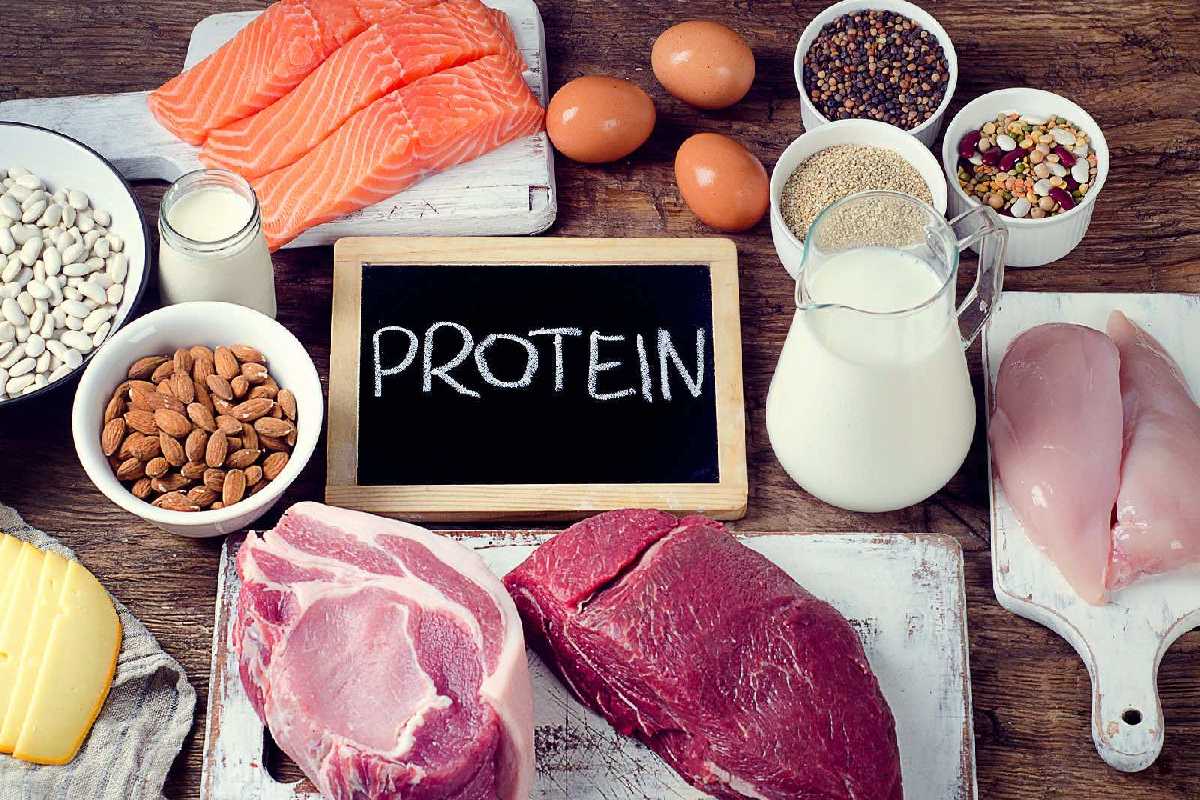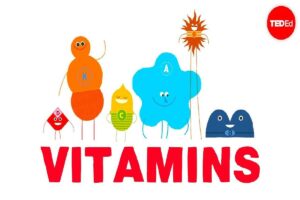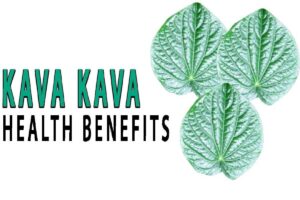
What is Protein?
What is Protein?: Large molecules known as proteins are made up of the building blocks known as amino acids. Carbon, hydrogen, oxygen, nitrogen, sulphur, and other elements are found in proteins.
One or more twisted and folded strands of amino acids combine to produce the enormous, complex structures known as protein molecules.
The most fundamental and significant parts of life actively involve proteins, which are extremely complex molecules. These include molecular recognition, cellular communication, mobility, defence, and metabolism.
Functions of Proteins
The lengthy amino acid strand develops its highly complex shape as a result of the positive and negative interactions between various atoms.
Proteins that have been folded may come together to form even bigger, more intricate forms.
A protein’s function in body chemistry is based on how it is folded. The shapes of structural proteins enable them to construct the fundamental bodily structures.
Most of the body tissues are held together by collagen, a protein with a fiber-like structure. In the skin’s outer layer, keratin, another structural protein, creates a web of waterproof fibers.
Because of their structures, functional proteins can take part in bodily chemical reactions. Some hormones, growth factors, cell membrane receptors, and enzymes are examples of functional proteins.
Classification of Proteins
One or more twisted and folded strands of amino acids combine to produce the enormous, complex structures known as protein molecules. Covalent bonds hold each amino acid to the one before it.
Primary (first level)
- A chain of amino acids makes up the structure of proteins.
Secondary (secondary level)
- The amino acid chain is folded and twisted to create the secondary structure of proteins.
Tertiary (third level) structure.
- The secondary structure of a protein is folding once more to create a bigger, three-dimensional structure, which is known as the tertiary (third level) structure.
Quaternary (fourth level)
- A protein with more than one folding amino acid chain is saying to have a quaternary structure.
Proteins have the ability to join with other organic molecules to create “mixed” molecules. Glycoproteins, for instance, are proteins with sugars attaching that are entrenching in cell membranes. Lipid-protein assemblages are knowing as lipoproteins.
DNA and RNA
- Deoxyribonucleic acid and ribonucleic acid are the two types of nucleic acid.
- Nucleotides are the fundamental pieces of nucleic acids. A phosphate unit, a sugar, and a nitrogen base make up each nucleotide.
- Adenine, thymine, guanine, and cytosine are among the DNA nucleotide bases.
- RNA uses the same set of bases as DNA, with the exception that unit cells are using in place of thymine.
- To create strands or other structures, nucleotides bind to one another. Nucleotides are organising and twisted into a double strand known as a double helix in the DNA molecule.
- The “master code” for putting together proteins and other nucleic acids is the arrangement of various nucleotides along the DNA double helix.
What qualities do proteins have?
- Several amino acids are bonding to peptides to form macromolecular polypeptides, or macromolecules, which are very massive molecules.
- The majority of them have a peptide chain that is longer than 100 amino acids long and contain more than 100 amino acids.
What is a protein example?
- Living things contain chemical molecules called proteins.
- They perform several different tasks, such as organizing, transportation, and defense.
- A protein can have up to four different structural levels and is making up of chains of amino acids.
- Examples of particular proteins are collagen, insulin, and anticorps.
Also Read: Essential Guide to Carbohydrates






